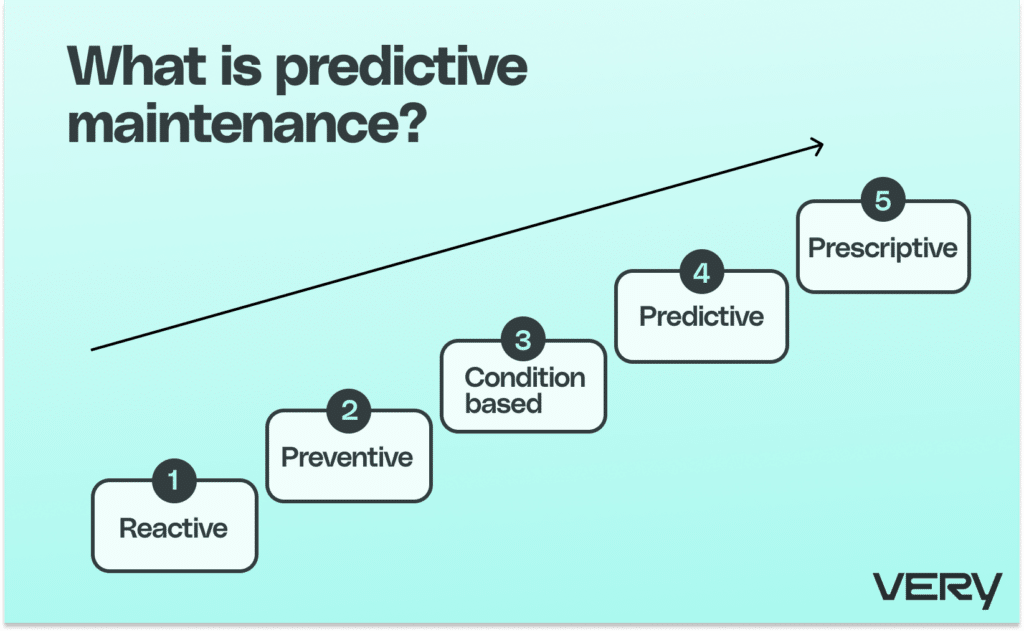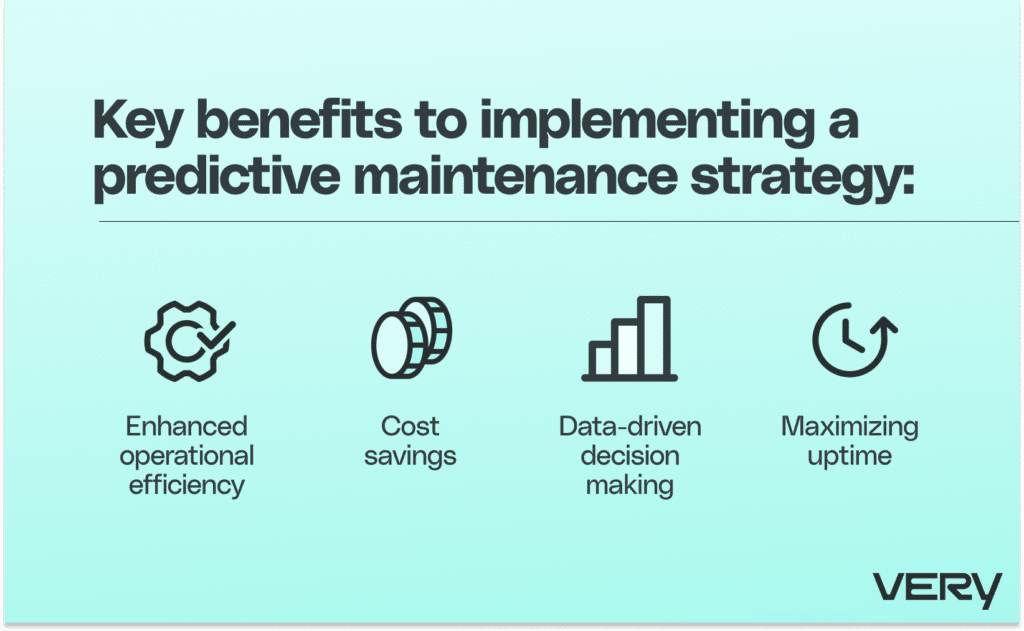BLOG
Not Just Smart, But Strategic: Why Predictive Maintenance Benefits Smart Buildings
You’ve probably heard the saying “don’t fix what’s not broken” before, and generally, we can agree with that statement. But when it comes to IoT in smart buildings, we change our tune. Even if an asset isn’t broken, there’s a good chance it should be fixed to avoid sudden malfunction and unnecessary downtime.
What we’re referring to is predictive maintenance. Predictive maintenance scraps reactive maintenance (a “fix it after it’s broken” approach) and preventative maintenance (scheduling potentially unnecessary services ahead of time) in favor of forecasting equipment failures with IoT-enabled sensor data and AI/ML analysis, allowing for timely, targeted maintenance interventions. Embracing predictive maintenance strategies can empower enhanced efficiency, cost savings, and improved tenant experiences. Still, despite its benefits, predictive maintenance adoption remains sluggish, signaling an opportunity for smart building owners and other stakeholders to capitalize on IoT investments to gain competitive traction. In this article, we’ll explore the benefits of embracing a predictive maintenance strategy in smart buildings and review high-level best practices for implementation.

Predictive Maintenance Makes Smart Buildings Smarter
Empowered by remote monitoring, predictive maintenance enables faster, more intelligent decision-making and reduces the risk of imminent asset failure. While this list certainly isn’t exhaustive, here are some of the key benefits to implementing a predictive maintenance strategy in your smart building.
- Enhanced operational efficiency: By predicting potential failures before they occur, IoT-enabled predictive maintenance allows for the scheduling of repairs at the most opportune times, minimizing disruption to building operations. This proactive approach ensures that smart buildings operate at peak efficiency, with systems like HVAC, lighting, and security running smoothly and continuously.
- Cost savings: Predictive maintenance significantly reduces the long-term costs associated with building management. By avoiding unnecessary maintenance checks and preventing catastrophic failures, building owners can save on both maintenance costs and energy consumption.
- Maximizing uptime: IoT remote monitoring maximizes the uptime of essential systems by ensuring that any potential issues are addressed before they can cause a shutdown. This reliability is key to maintaining the functionality and comfort of a smart building, which has a direct impact on tenants’ quality of life.
- Data-driven decision-making: IoT devices collect invaluable data insights into the performance and usage patterns of building systems. With this information, stakeholders can make informed decisions about future investments, renovations, and technology upgrades, aligning them with the actual needs of the building and its occupants.

Predictive Maintenance Best Practices
If you’re ready to adopt a predictive maintenance strategy, start with these best practices.
- Involve data scientists early: If you’re working with data scientists, getting them involved from the outset maximizes effective planning and strategy implementation. Data scientists play a crucial role in data pipeline management, cleaning and structuring data, and developing machine learning models that underpin predictive maintenance efforts.
- Automate data engineering: Automation is crucial to efficiently handle the vast amounts of data generated by IoT devices in smart buildings. Strategic automation streamlines the data pipeline from collection to analysis, ensuring that data is ready for machine learning models to process.
- Start simple: If you’re starting from scratch start by monitoring equipment and alerting technicians about failures. This can still yield efficiency gains while your system collects the necessary data for true predictive maintenance.
- Deliver actionable insights: The ultimate goal of IoT remote monitoring and predictive maintenance is to provide actionable insights to the right people. Defining the end users and their needs early on ensures that the insights generated are delivered in a format that is accessible and actionable, whether through automated alerts, dashboards, or reports.
Final Thoughts
Thanks to IoT, smart buildings can not only anticipate and mitigate potential issues but also optimize their operations for the future, ensuring that they remain at the cutting edge of building technology. At Very, we partner with smart building owners and operators to craft bespoke strategies for IoT adoption, predictive maintenance implementation, and more.
KEEP READING: Find out how Very partnered with SUN Automation to create a revolutionary anomaly detection solution for predictive maintenance.









